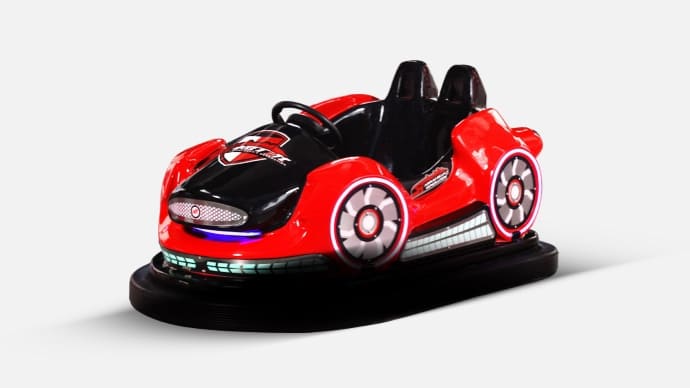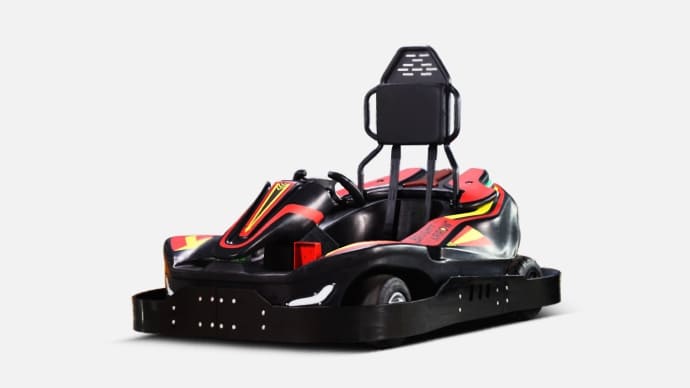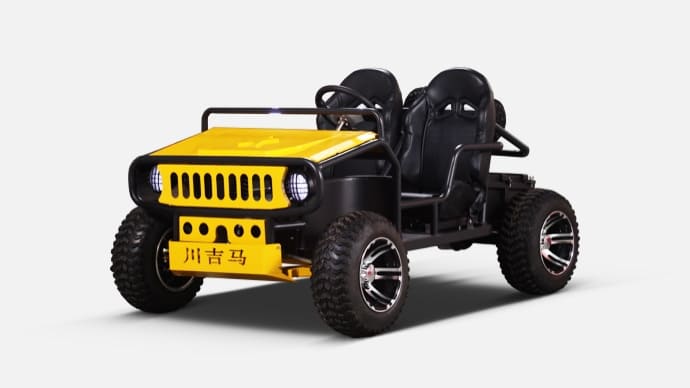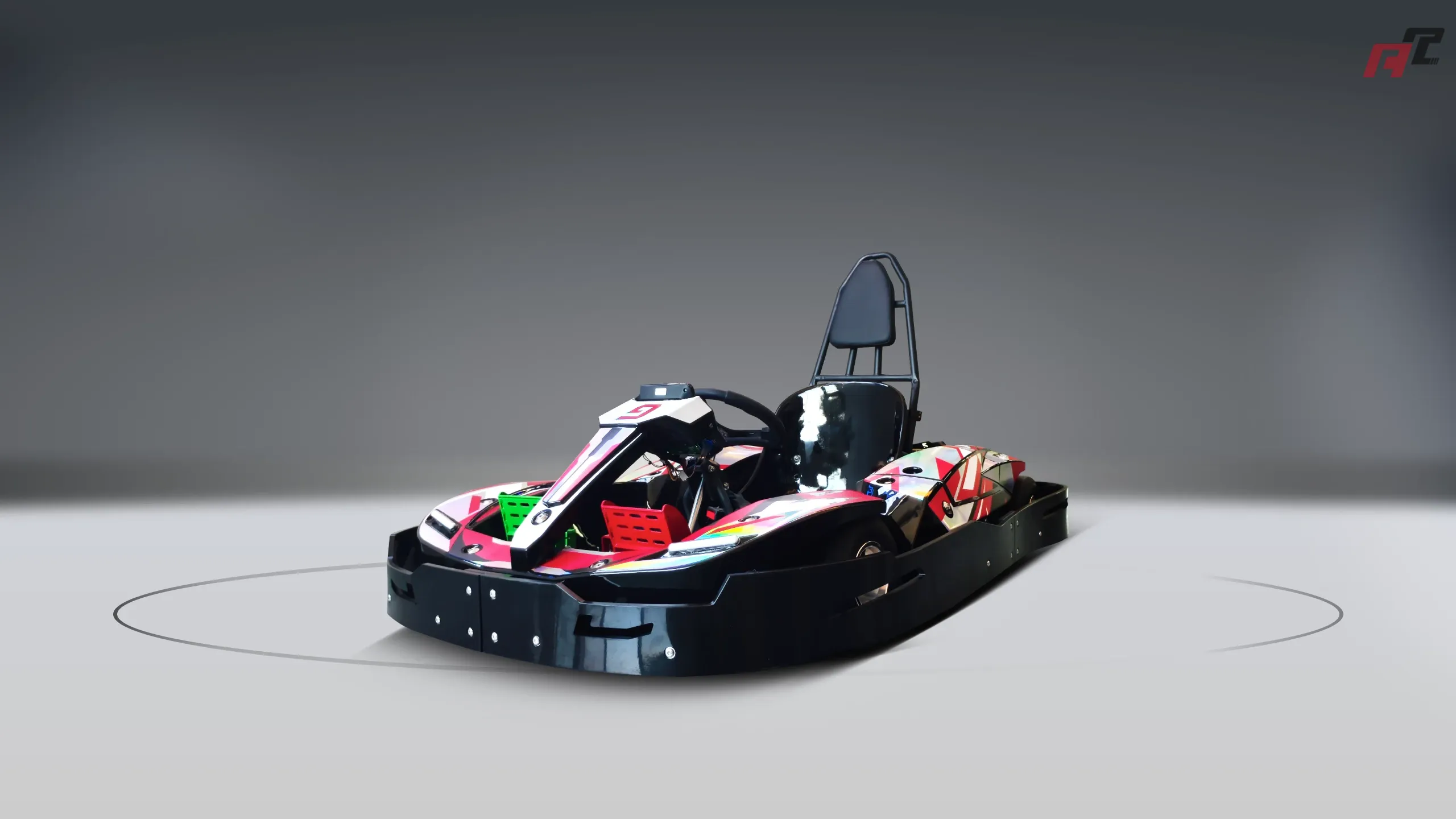how to drive bumper cars | ANCHI Guide
Master the art of driving bumper cars! Learn essential safety tips, driving techniques, and answers to common questions. Get ready for a bumping good time with ANCHI!
How to Drive Bumper Cars: A Comprehensive Guide
Bumper cars, also known as dodging cars or dashing cars, are a classic amusement park and arcade attraction. While seemingly straightforward, mastering the art of bumper car driving involves understanding the controls, practicing some basic techniques, and prioritizing safety. Here's a breakdown of everything you need to know:
1. How do bumper cars work?
Bumper cars typically operate using one of two power systems:
- Overhead Grid System: This is the most common system. An overhead grid of electrified mesh provides power to the cars. Each car has a long, spring-loaded pole that extends upwards to touch the grid, completing the electrical circuit.
- Floor-Based System: A less common system involves alternating strips of conductive material on the floor, which the cars draw power from.
Regardless of the power system, the voltage is typically low (around 48 volts DC in overhead systems, as noted in various amusement park safety guides), minimizing the risk of serious electric shock. A motor powers the car's wheels, and a steering wheel controls direction.
2. What are the basic controls of a bumper car?
Bumper car controls are usually very simple:
- Steering Wheel: The steering wheel controls the direction of the car. Turning the wheel left makes the car turn left, and turning it right makes the car turn right.
- Accelerator Pedal: Pressing the accelerator pedal activates the motor and makes the car move forward. Releasing the pedal usually stops the car.
- No Brakes: Most bumper cars do not have brakes. Stopping is achieved by releasing the accelerator. This reliance on friction and controlled collisions is part of the fun.
3. How do I steer and avoid collisions effectively?
While collisions are inevitable (and encouraged!), you can still improve your steering and minimize head-on impacts:
- Short Bursts of Acceleration: Instead of holding the accelerator down constantly, use short bursts to maintain speed and maneuverability.
- Anticipate Movements: Watch the other cars and try to predict their paths. This allows you to adjust your own course and either initiate a bump or avoid one.
- Steer into the Skid: If you start to lose control after a collision, steer in the direction of the skid to regain control.
- Avoid Head-On Collisions: Head-on collisions can be jarring. Try to angle your car slightly when bumping another car to distribute the impact.
4. What are the safety rules for bumper cars?
Safety is paramount, even in a seemingly harmless activity like bumper cars. Common safety rules include:
- Seatbelts: Always wear the seatbelt if the car is equipped with one. While not all bumper cars have seatbelts, they are increasingly common, especially in newer models, to minimize injury from impacts.
- No Standing: Remain seated at all times. Standing up while the car is in motion is dangerous and can lead to falls.
- Keep Hands and Feet Inside: Keep your hands and feet inside the car to avoid injury during collisions.
- Follow Operator Instructions: Pay attention to the ride operator's instructions. They may have specific rules or guidelines for the ride.
- No Ramming: While bumping is the point, avoid intentionally ramming cars at high speeds or targeting the same car repeatedly. Many parks implement rules against overly aggressive bumping.
- Age and Height Restrictions: Heed all age and height requirements. These requirements are in place to ensure that riders are large enough to safely operate the car and withstand the impacts.
5. What are some advanced bumper car techniques?
Beyond the basics, here are a few techniques to enhance your bumper car experience:
- The Spin Out: Quickly reversing direction while steering sharply can cause your car to spin, potentially surprising other drivers.
- The Corner Block: Use your car to block other drivers from reaching a specific area or target.
- The Double Bump: Position your car to bump one car into another, creating a chain reaction.
Remember that the primary goal is to have fun and enjoy the experience while maintaining safety and respecting other riders.














